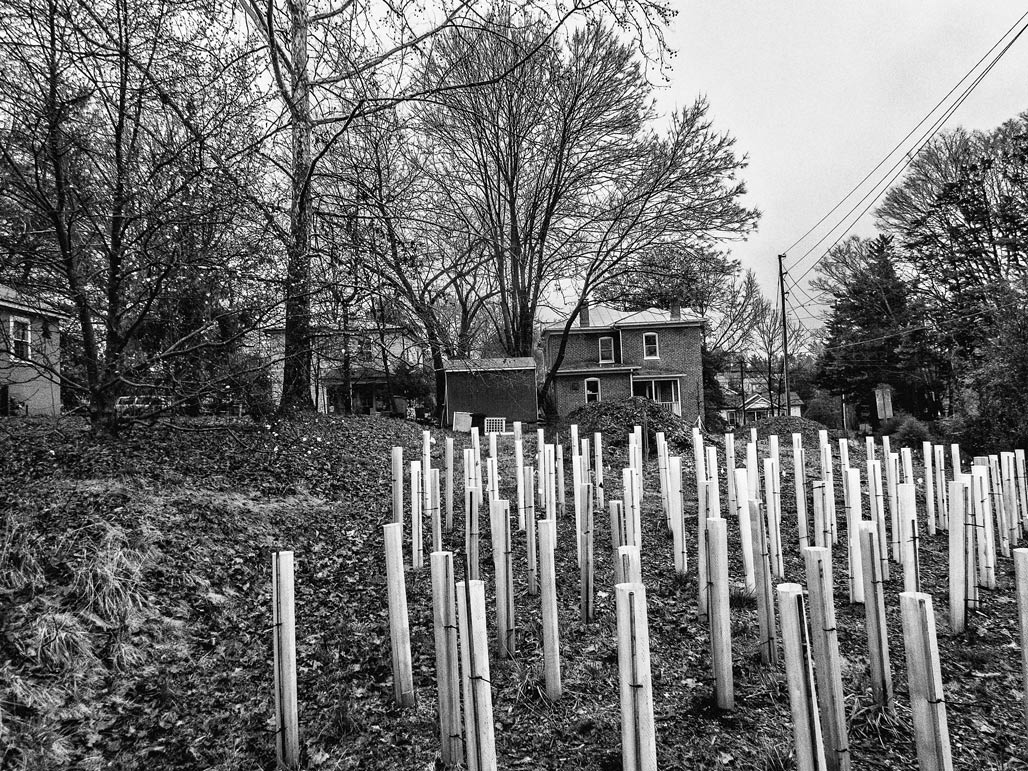
Oak thicket

photography from the Chesapeake Bay watershed by Bill Emory

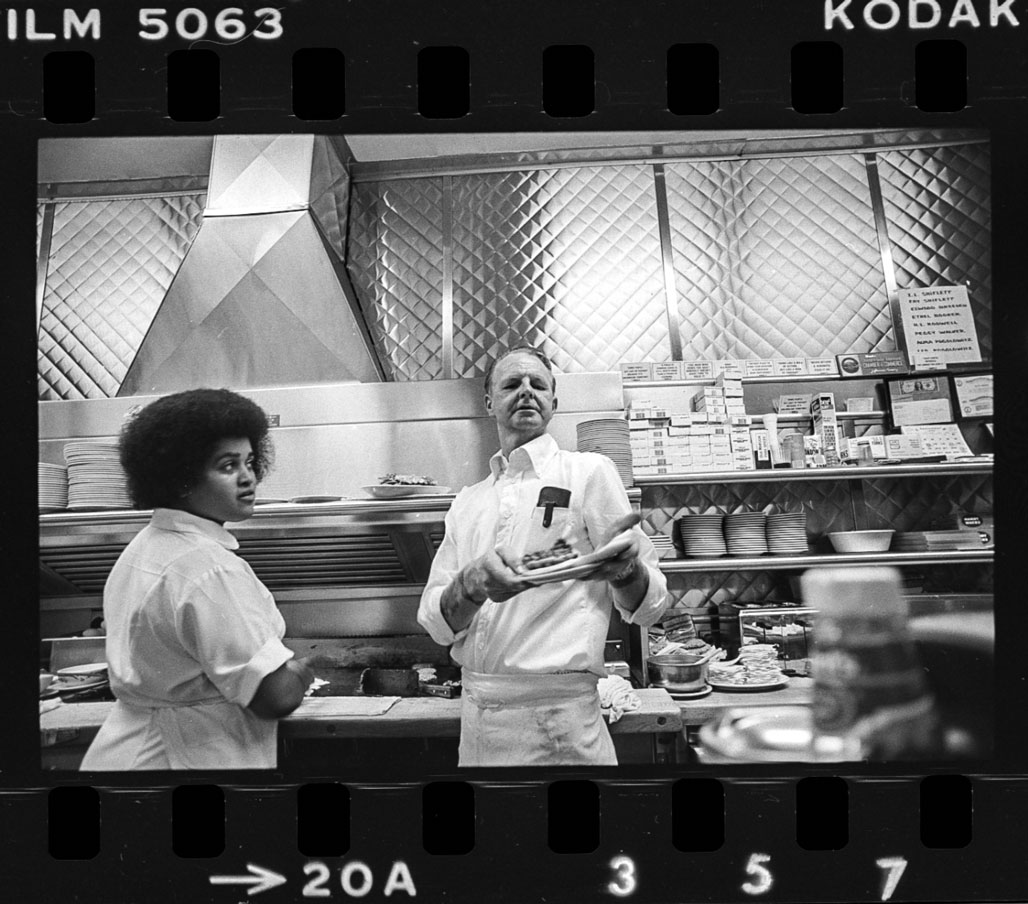
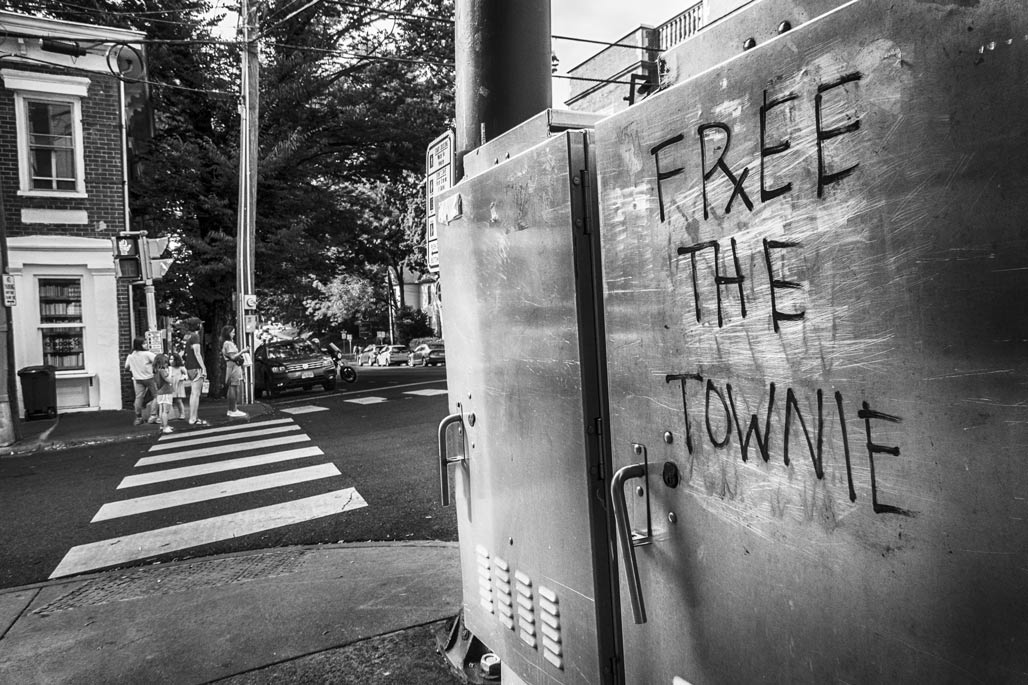


(if the photo is too small there is video)
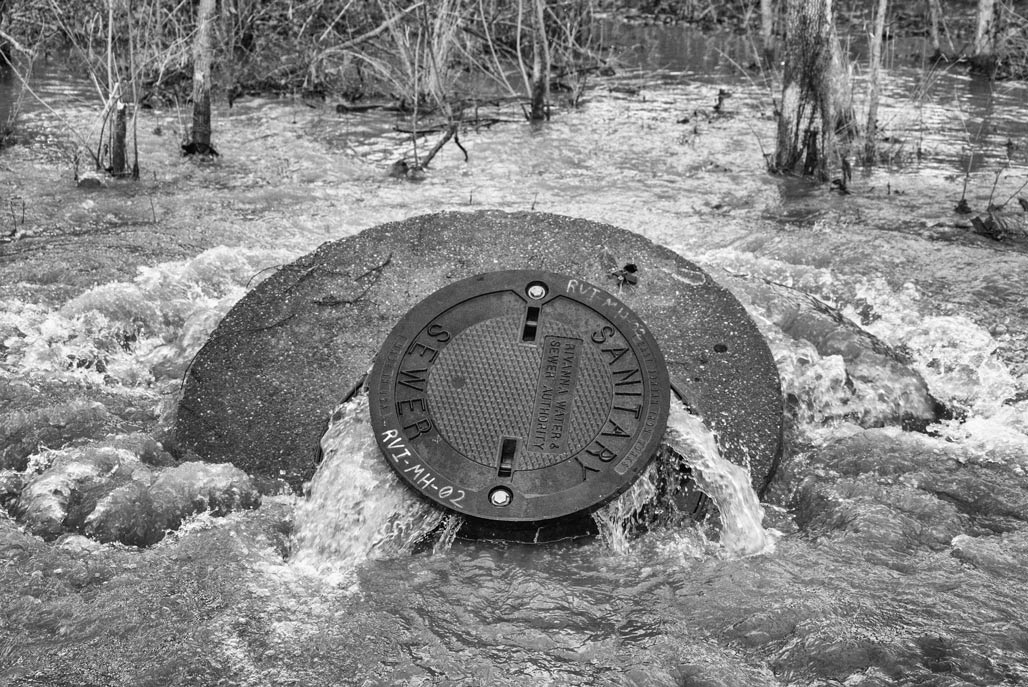
Sat, Jan 15, 2011 at 5:53 PM To: Council
Cc: tfrederick@rivanna.org
Dear Councilors,
December 8, during RWSA’s presentation on the Rivanna Pumping Station, I asked Mr. Frederick how much it would cost to repair the inflow and infiltration problems that affect our waste water system (by system I meant all waste water pipes that connect to RWSA’s waste-water treatment plants).
As I understood his response, to get to the optimal industry standard practices fix of our waste water system would cost $400 million, this is the fix where there is still I&I but it is substantially reduced. To actually fix the pipes (make them water-tight, no one does this), would cost around two billion dollars.
Rivanna runs a system, hydration and sanitation. Alas, I can’t think of an apt analogy. My not so accurate way of thinking of it…
“It is like a car. The input side, the water supply, is the gas. Water supply speeds up the economy, we can hook up houses, hook up businesses. The safety side, the sanitation, is like the brakes. The waste-water (output) side must collect and treat the effluent from these houses and businesses.”
Our region has spent a great deal of time/money studying the input side. It is my impression that we have spent less time studying the output side. If I understood Mr. Frederick correctly, a detailed study of the waste-water side would take ten years to perform. The RWSA board in the past (2005) approved an evaluation of the waste-water side, but it’s my impression that that evaluation was not equal to a detailed study.
To me, it makes sense to repair the sanitation side in lock-step with increases on the water-supply side, like balancing a budget. Hope this will happen as we move forward.
Does the 25% I&I reduction by 2020 to which we (RWSA, ACSA, CHO Public Works) have committed achieve that balance?
Thanks,
Bill Emory Charlottesville VA 22902
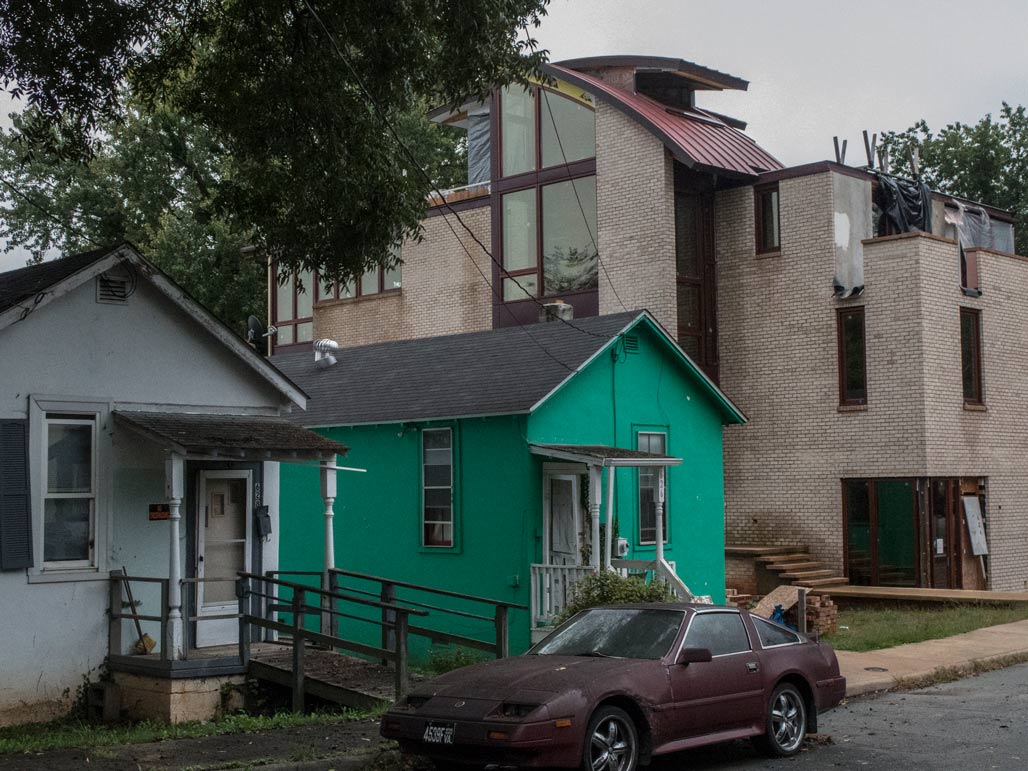
Mary Carey 100 Ridge Street; said she appreciates what Planning Commission has done not agreeing with everything.
She said you’ve done good and a lot of people don’t give you the praise you should get. You are making people feel you
are dealing with the people and not the developers, because the developers are taking over our city. It’s all about money.
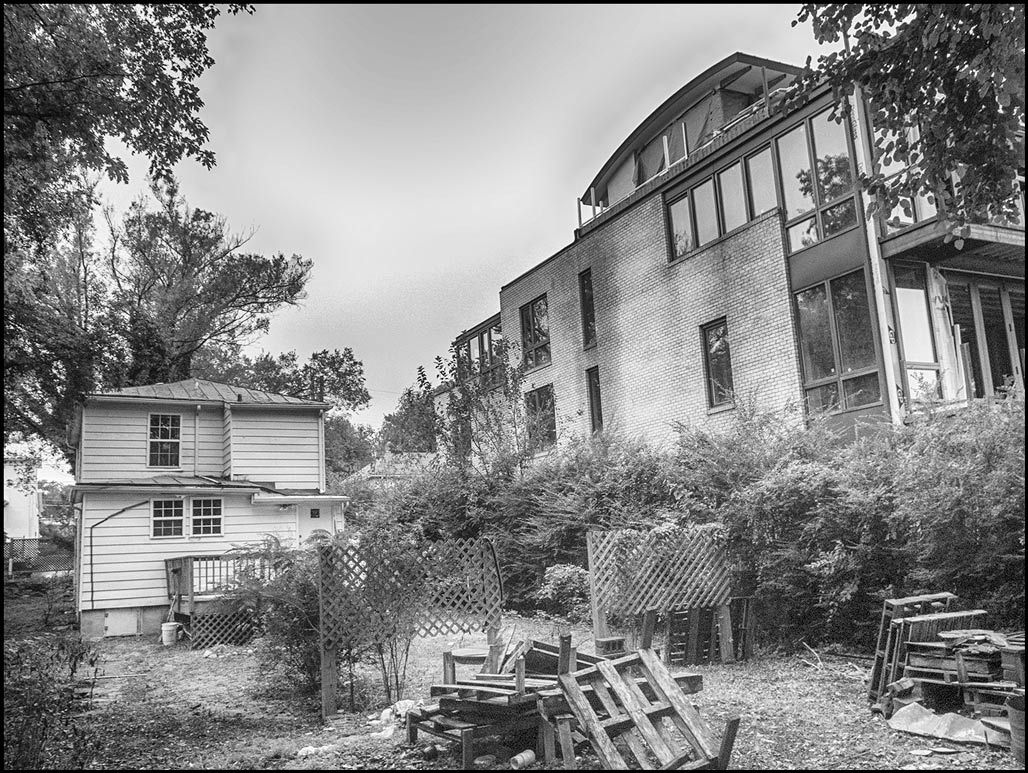
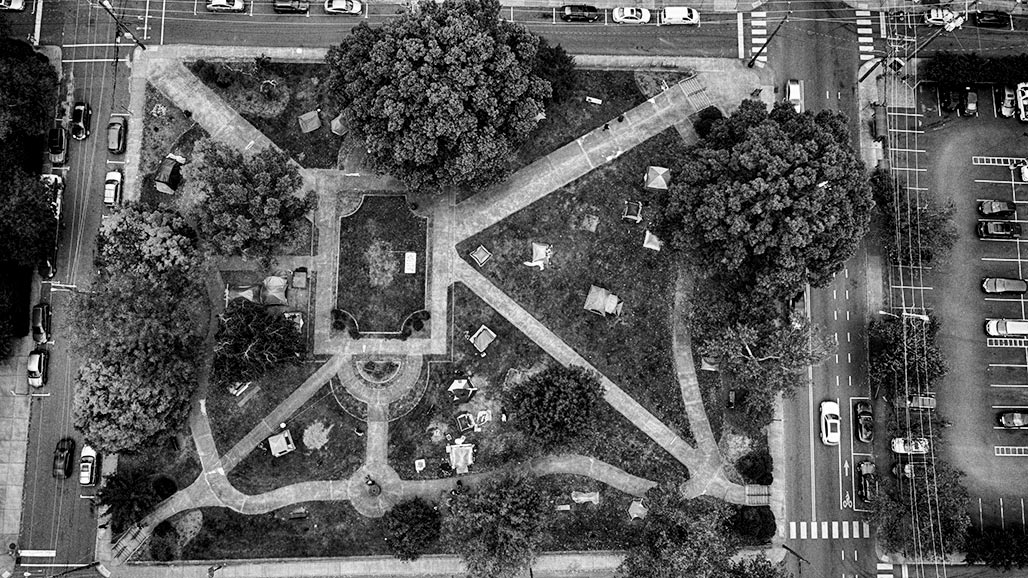
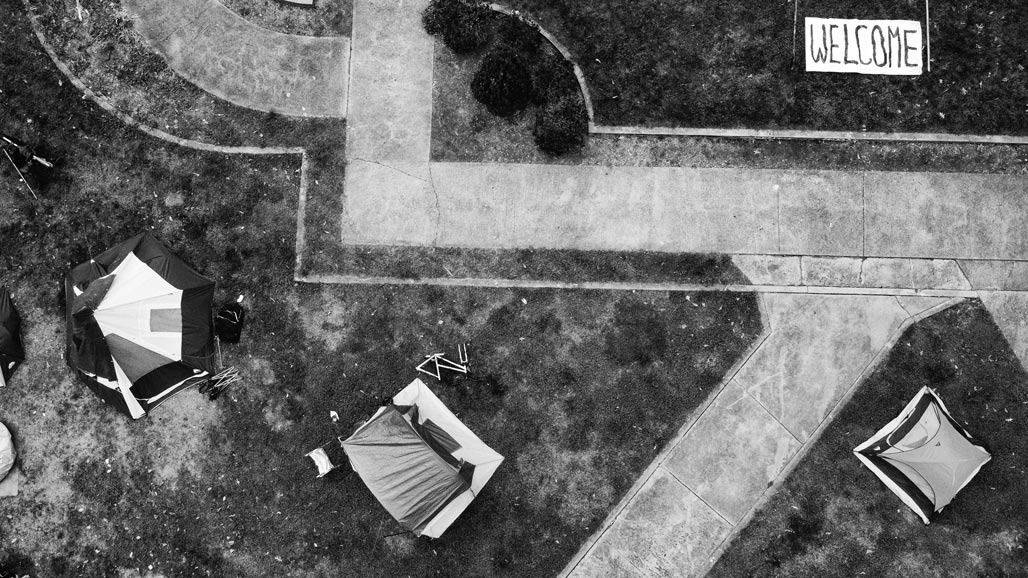
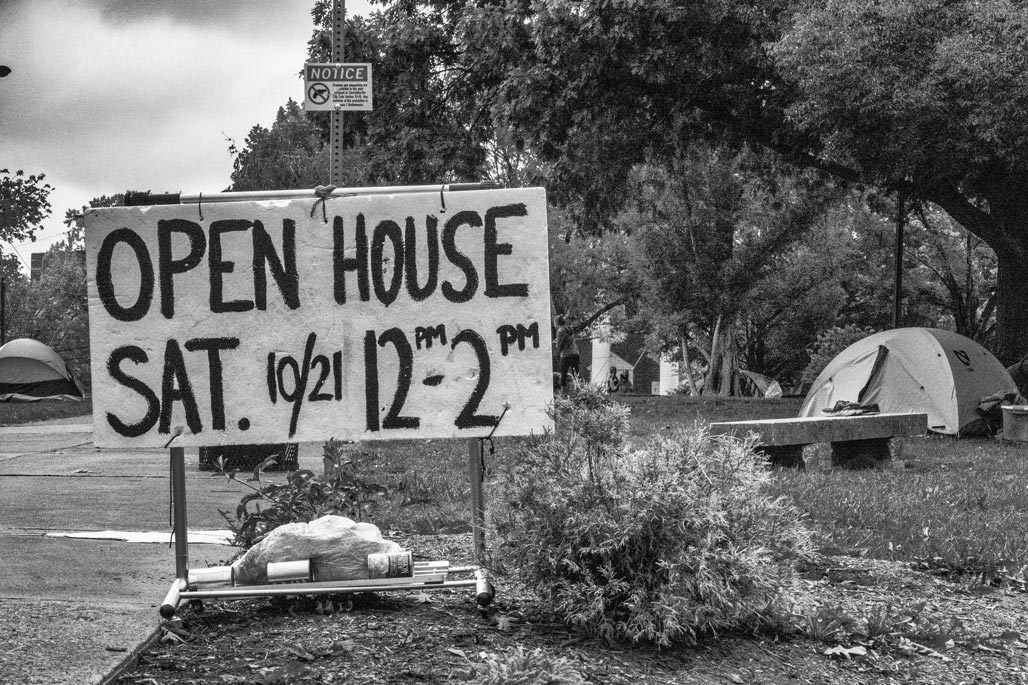
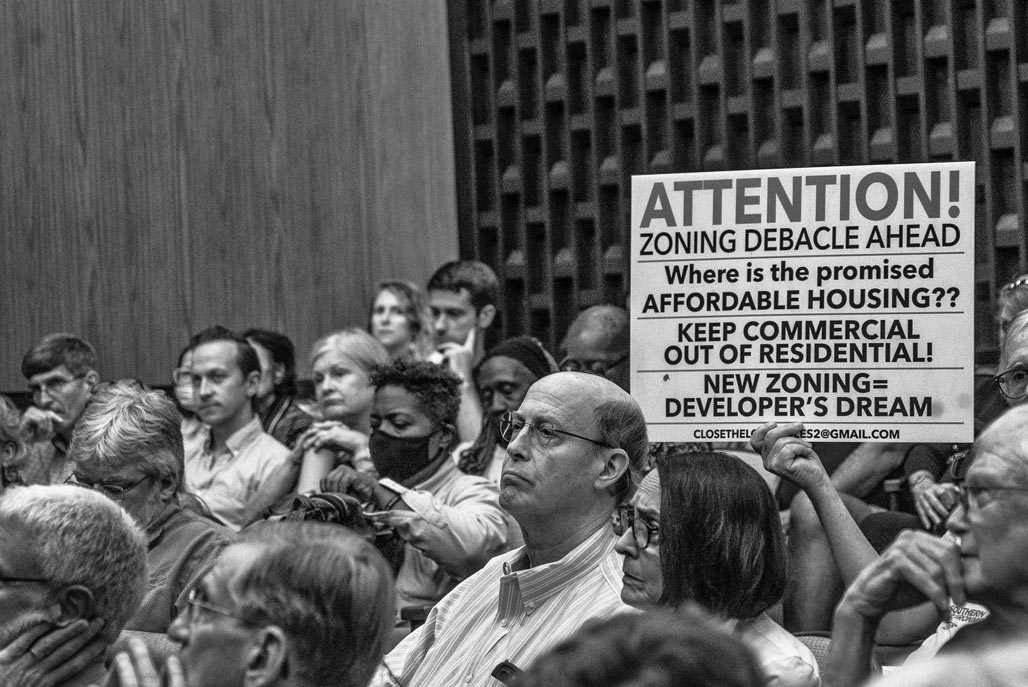
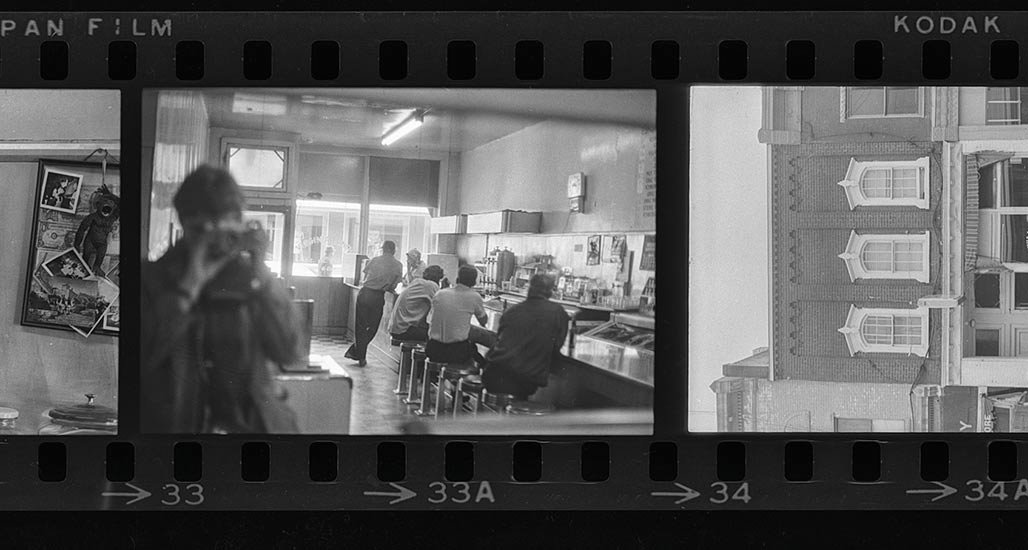
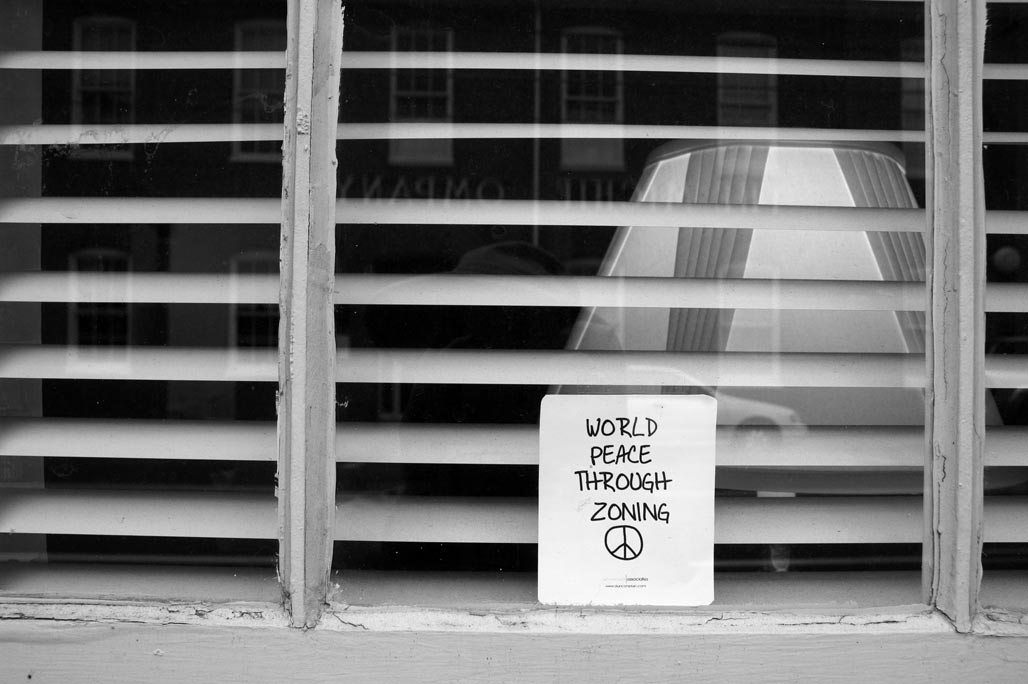
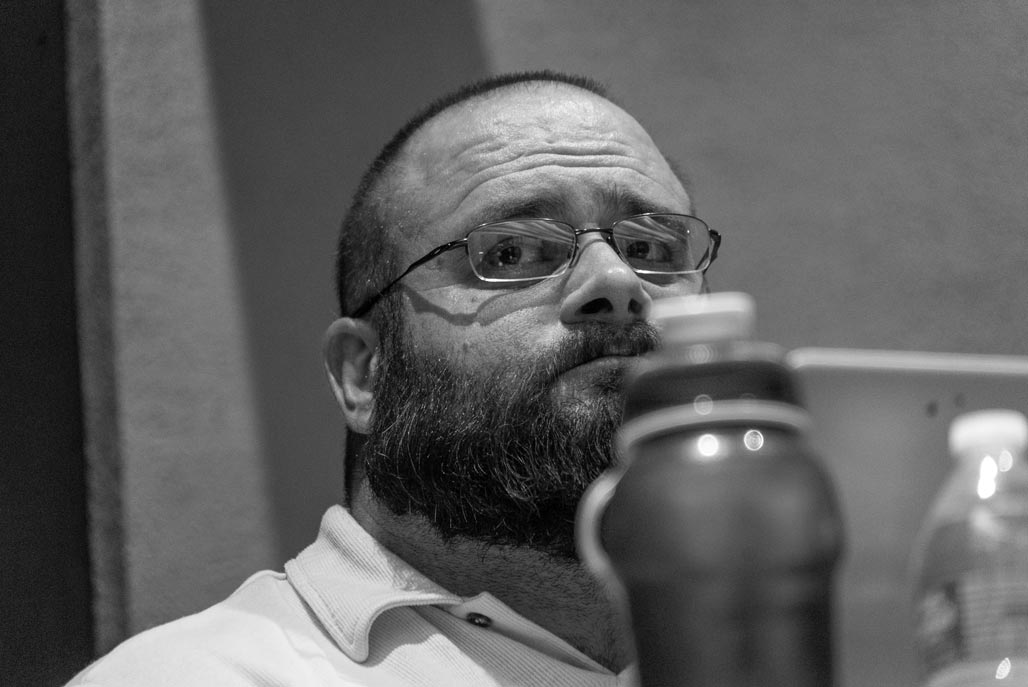
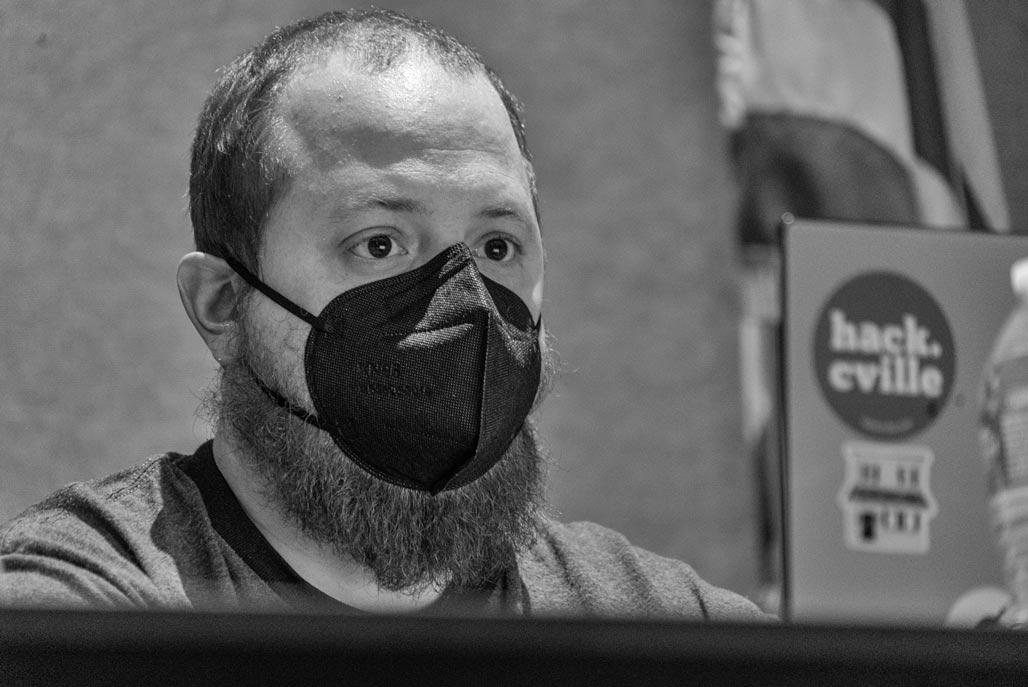
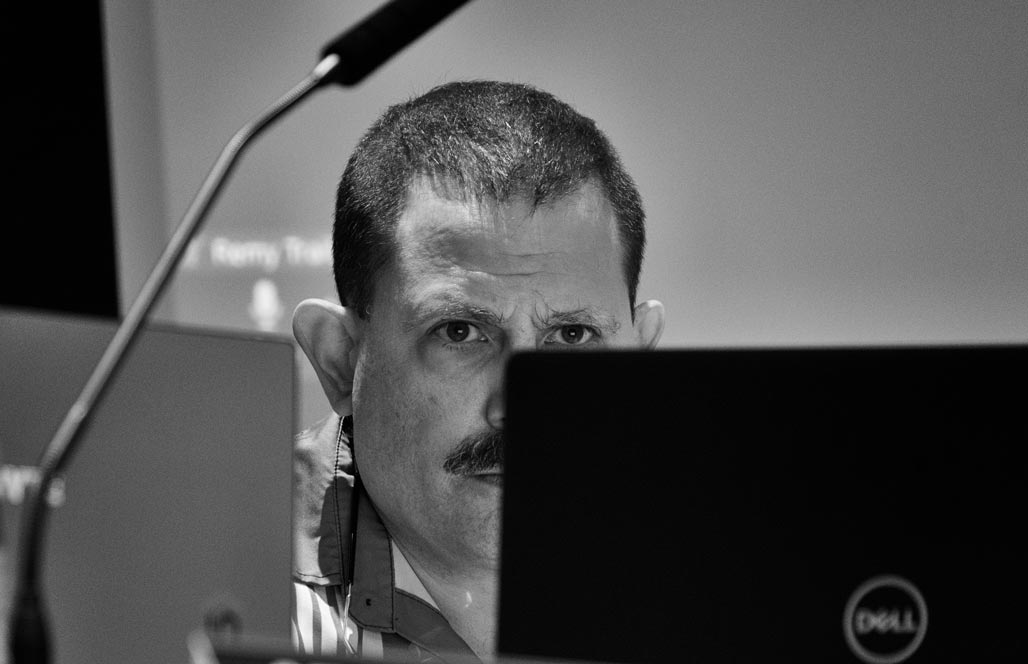
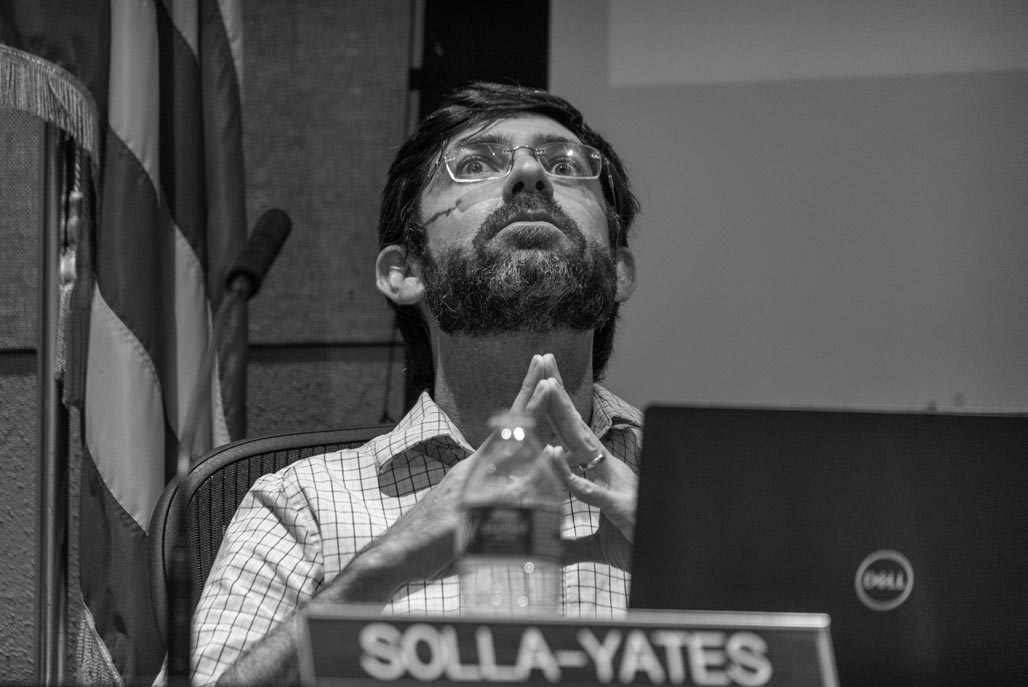
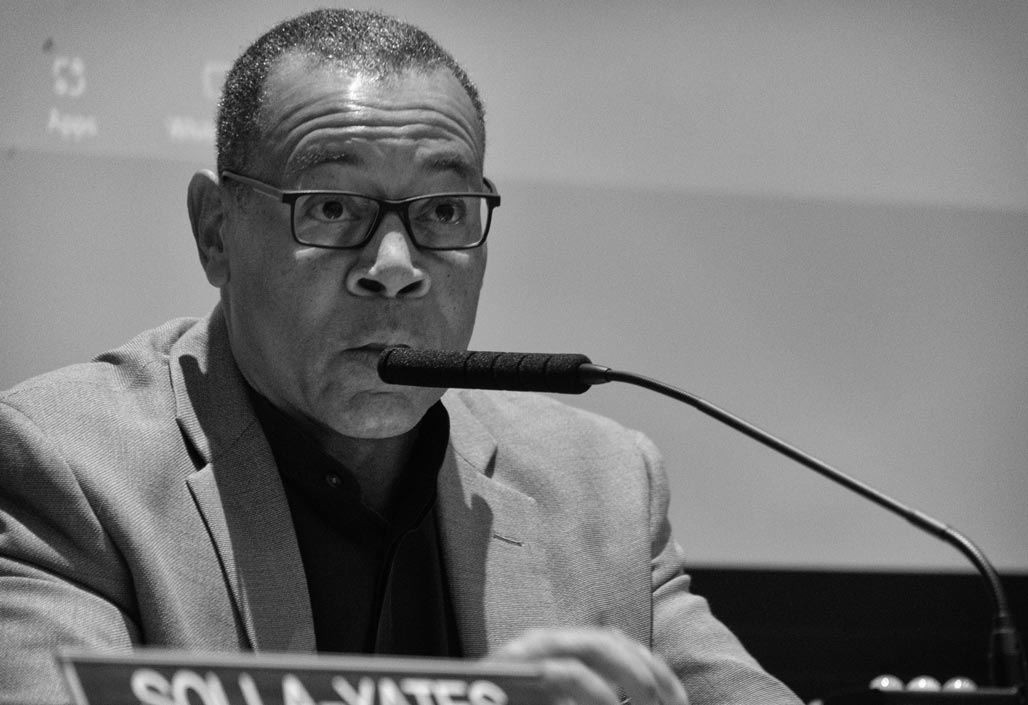
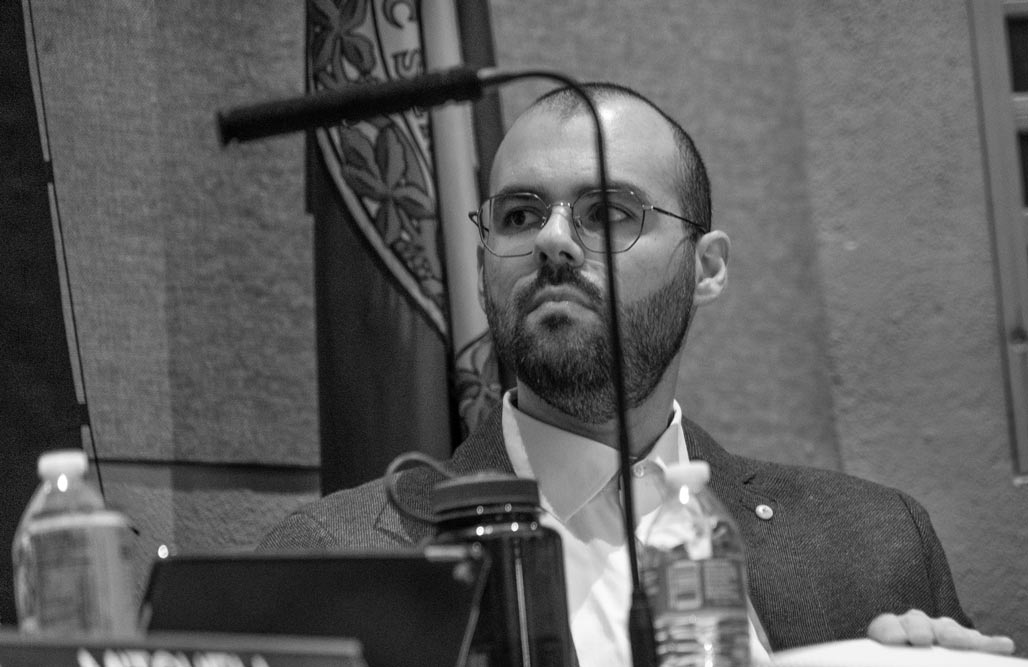
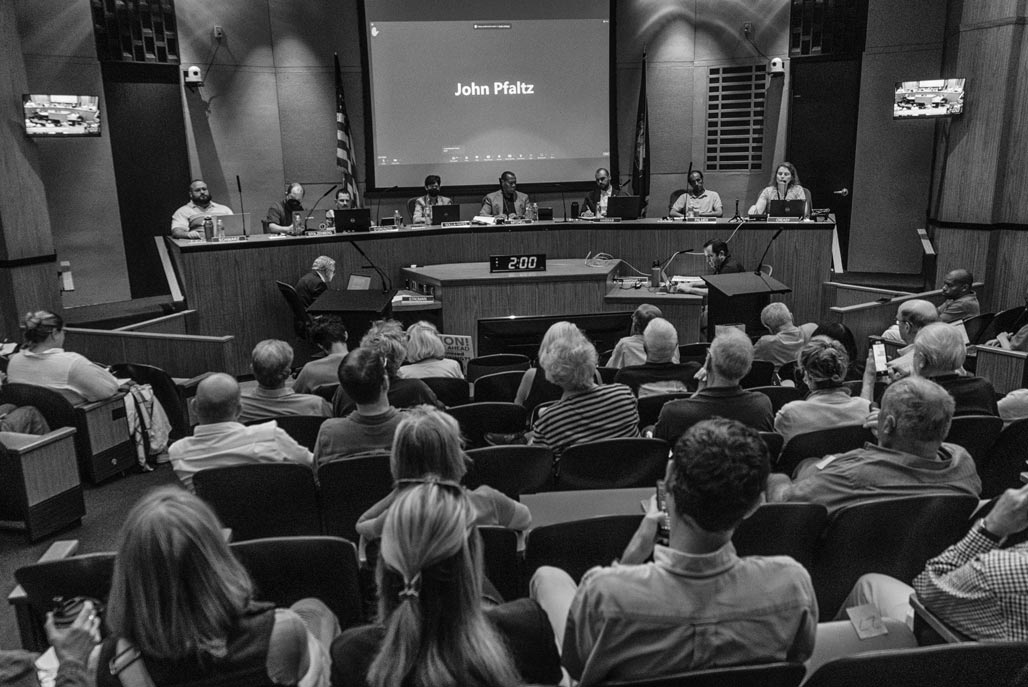
Dear Commissioners,
I appreciate your efforts to address displacement pressure, it is a great challenge.
People need safe places.I think of the decades of back and forth with the Council and the Commission over the disposition of a handful of lots on Market Street and you all are contemplating catalytic changes to thousands of lots.
Wow.I hope you are as wise as Solomon. I pray that your recommendation to Council doesn’t have as many unanticipated/untoward effects on our City as the arrival of the automobile.
As you strive to do good strive also to limit the damage.
The City is a sensitive living thing.
Good luck
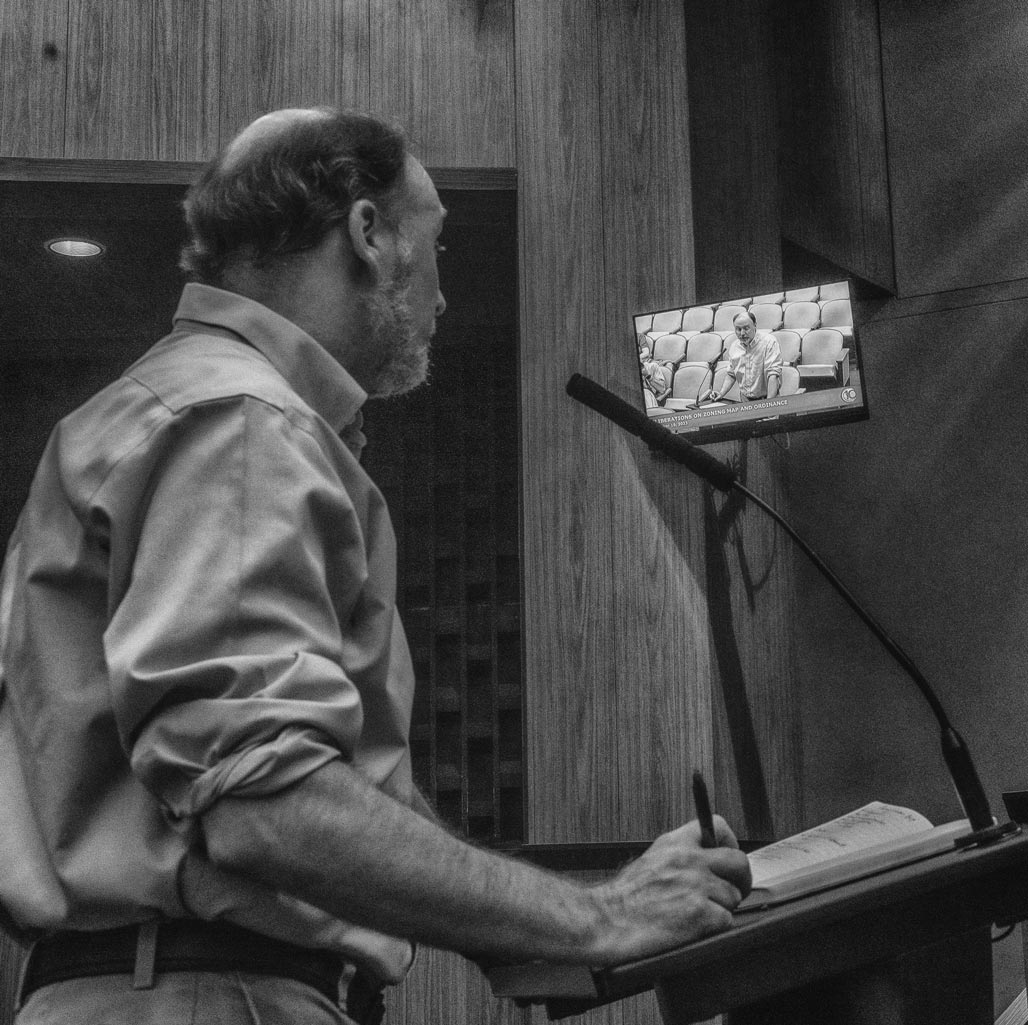
The discussion continues.